Archives
- 2025-12
- 2025-11
- 2025-10
- 2025-09
- 2025-03
- 2025-02
- 2025-01
- 2024-12
- 2024-11
- 2024-10
- 2024-09
- 2024-08
- 2024-07
- 2024-06
- 2024-05
- 2024-04
- 2024-03
- 2024-02
- 2024-01
- 2023-12
- 2023-11
- 2023-10
- 2023-09
- 2023-08
- 2023-07
- 2023-06
- 2023-05
- 2023-04
- 2023-03
- 2023-02
- 2023-01
- 2022-12
- 2022-11
- 2022-10
- 2022-09
- 2022-08
- 2022-07
- 2022-06
- 2022-05
- 2022-04
- 2022-03
- 2022-02
- 2022-01
- 2021-12
- 2021-11
- 2021-10
- 2021-09
- 2021-08
- 2021-07
- 2021-06
- 2021-05
- 2021-04
- 2021-03
- 2021-02
- 2021-01
- 2020-12
- 2020-11
- 2020-10
- 2020-09
- 2020-08
- 2020-07
- 2020-06
- 2020-05
- 2020-04
- 2020-03
- 2020-02
- 2020-01
- 2019-12
- 2019-11
- 2019-10
- 2019-09
- 2019-08
- 2019-07
- 2019-06
- 2019-05
- 2019-04
- 2018-07
-
Conversely to the reduction in restraint evoked HR increase
2020-02-04
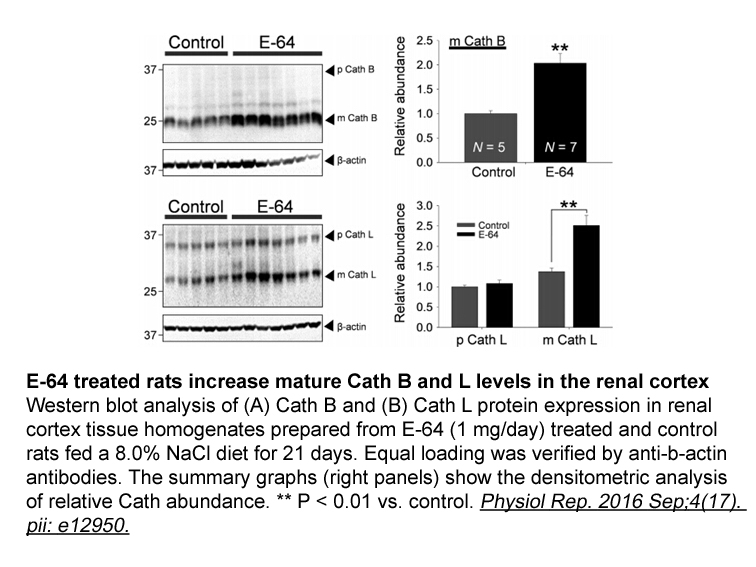
Conversely to the reduction in restraint-evoked HR increase following the blockade of CRF receptors, Nijsen et al. [28] demonstrated that BNST treatment with a nonselective CRF Phosphatase Inhibitor Cocktail 2 (100X in ddH2O) antagonist enhanced the tachycardia evoked by contextual fear conditionin
-
In the last and the most challenging part
2020-02-04
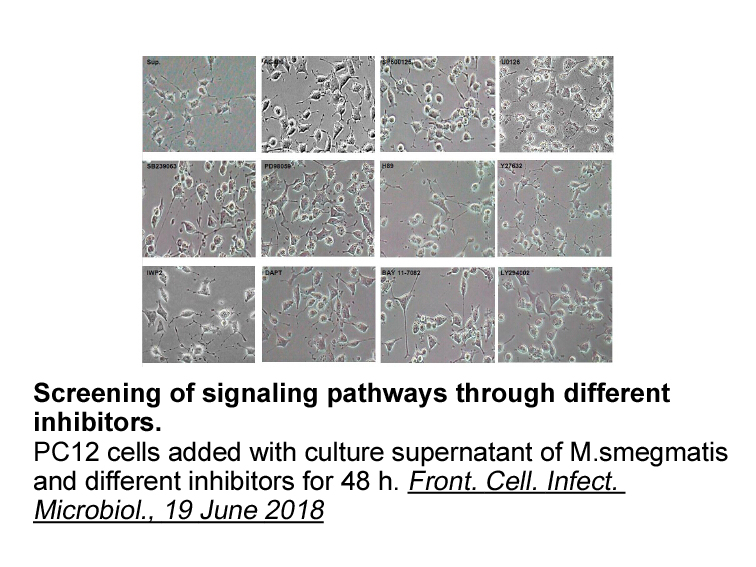
In the last and the most challenging part, three mixtures were selected to evaluate the reliability of the presented correlation and the CPA model. For Athabasca bitumen, Amani et al. [25] measured the experimental data at very high temperatures compared to the thermal recovery range up to 644 K (ne
-
It has previously been shown that human melanocytes are
2020-02-04

It has previously been shown that human melanocytes are responsive to a multiplicity of hormonal triggers [10], particularly to pituitary or ovarian hormones [11]. Studies concerning the effects of IFN-gamma, murine recombinant australia on human melanocytes led to inconsistent data [12], [13]. Im
-
The mitogen activated protein kinase MAPK pathway
2020-02-04
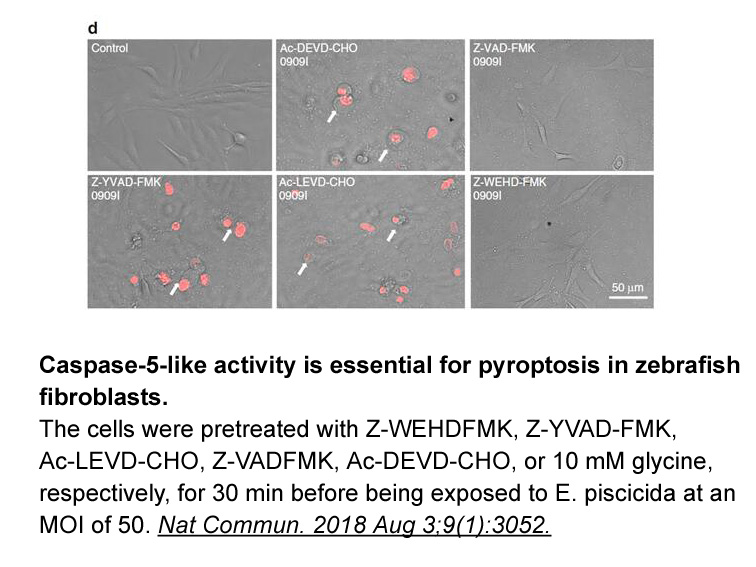
The mitogen-activated protein kinase (MAPK) pathway is a highly conserved module that mediates the transduction of signals from the cell surface to the nucleus (M. Köbel et al., 2005), meanwhile, it is known to be activated by a wide array of signals ranging from growth and differentiation factors
-
In mammals neutrophil elastase is a trypsin like serine
2020-02-04

In mammals, neutrophil elastase is a trypsin-like serine protease stored in the azurophilic granules of naïve neutrophils [15], [16]. The catalytic activity of neutrophil elastase relies on a His57–Asp102–Ser195 triad (chymotrypsin numbering system) that functions by transfer of electrons from the c
-
Because EBI is expressed on the major subsets
2020-02-04

Because EBI2 is expressed on the major subsets of immune cells, and small molecule antagonists for EBI2 were recently described (Benned-Jensen et al., 2013, Gessier et al., 2014), EBI2 constitutes a tempting drug target reminiscent of the sphingosine-1-phosphate receptor superagonist fingolimod/Gile
-
The pyrrolo benzodiazepines PBDs are a family of antitumour
2020-02-04
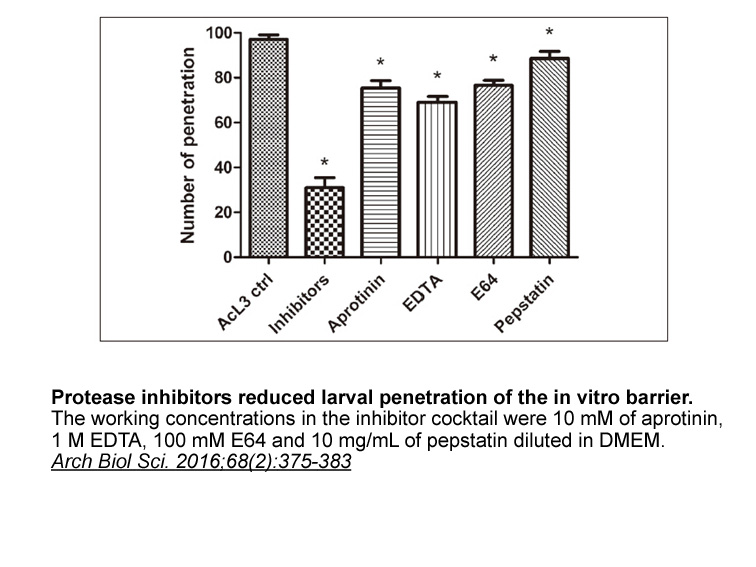
The pyrrolo[2,1-][1,4]benzodiazepines (PBDs) are a family of antitumour antibiotics that includes the natural products anthramycin and DC-81. They exert their cytotoxicity by covalently bonding to the exocyclic C2–NH group of guanine residues in the minor groove of DNA through their N10–C11 imine fu
-
In mouse lung arsenite enhances the
2020-02-04

In mouse lung, arsenite enhances the formation of cigarette smoke-induced 8-oxodeoxyguanine (Hays et al., 2006) and BaP-induced DNA adducts (Evans et al., 2004). Moreover, arsenite inhibits the repair of BaP-induced DNA adducts in human lung carcinoma A549 UNC2881 receptor (Schwerdtle et al., 2003),
-
Materials and methods br Results br Discussion
2020-02-03

Materials and methods Results Discussion Hydroxylation of proline in bacterial ML-291 is one of the oxygen-requiring metabolic reactions, which needs efficient oxygen. Oxygen supply is always a rate-limiting step for tyrosinase production even though pure oxygen is purged in a bioreactor (37
-
Limitations of the current study in addition
2020-02-03
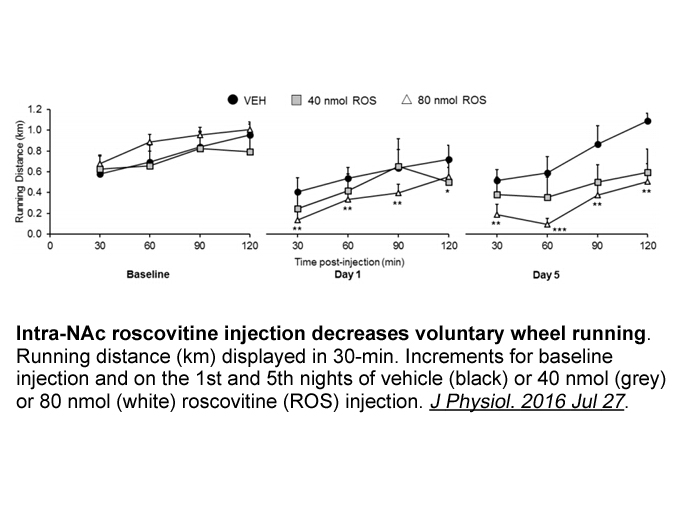
Limitations of the current study, in addition to the ones highlighted above, are its retrospective nature, the potential biased selection of patients requiring bronchoscopy for the etiological diagnosis of pneumonia, the lack of normalization of CMV DNA loads in BAL fluids to cellular DNA content (a
-
The mechanisms by which Cav
2020-02-03
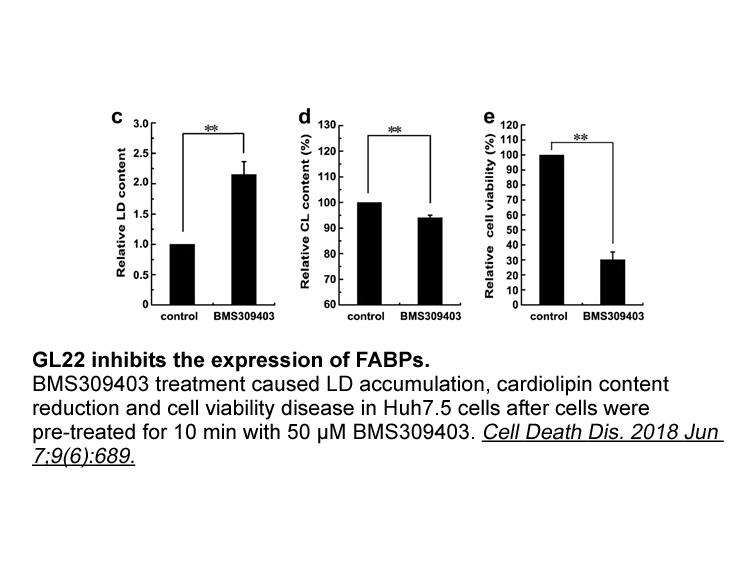
The mechanisms by which Cav-1 enhances embryonal tumor progression are currently unknown. Given the documented ability of Cav-1 to drive increased biogenesis of caveolae and accelerate the flow of nutrients (mostly glucose and fatty acids) across the membrane, as observed in particular in adipocytes
-
The compounds listed in Table Table Table Table Table were
2020-02-03
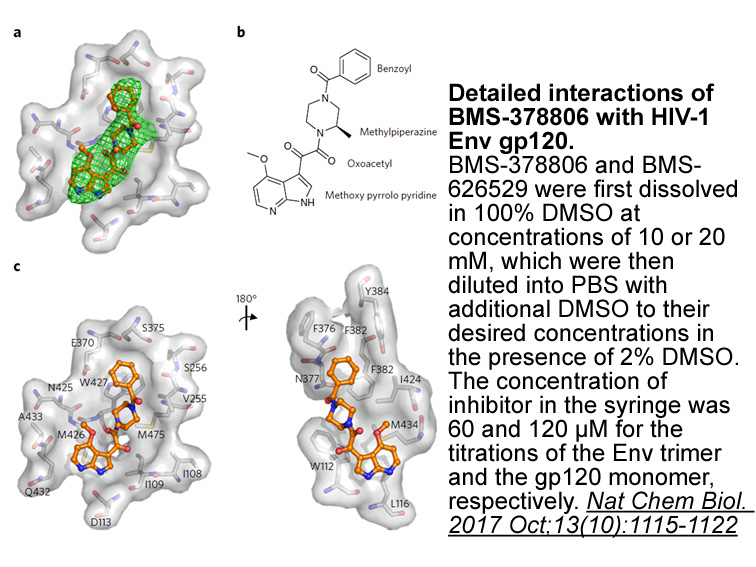
The compounds listed in Table 1, Table 2, Table 3, Table 4, Table 5 were biologically evaluated for their inhibition of the specific binding of a radiolabeled ligand [3H]PGE2 to membrane fractions prepared from cells stably expressing each mouse prostanoid receptor. The EP1 antagonist activity of th
-
Another enzyme class that has emerged as a potential
2020-02-03
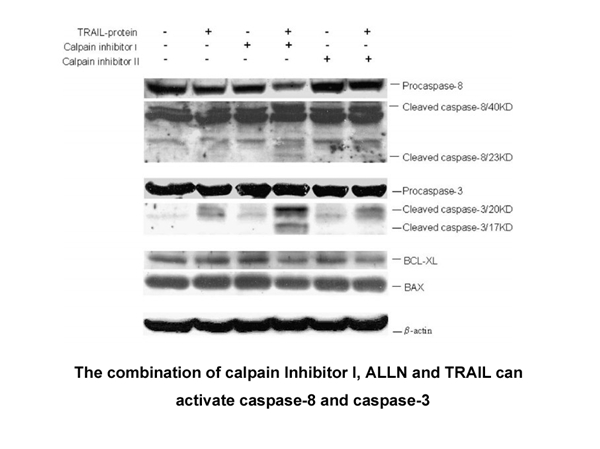
Another enzyme class that has emerged as a potential alternative to P450s are the so-called ‘unspecific peroxygenases’ (UPOs). They also contain a heme but are extracellularly expressed fungal enzymes that are often more stable than P450 monooxygenases. Importantly, UPOs use H2O2 instead of O2 as th
-
Ropivacaine HCl Our results showed that in elastase induced
2020-02-03
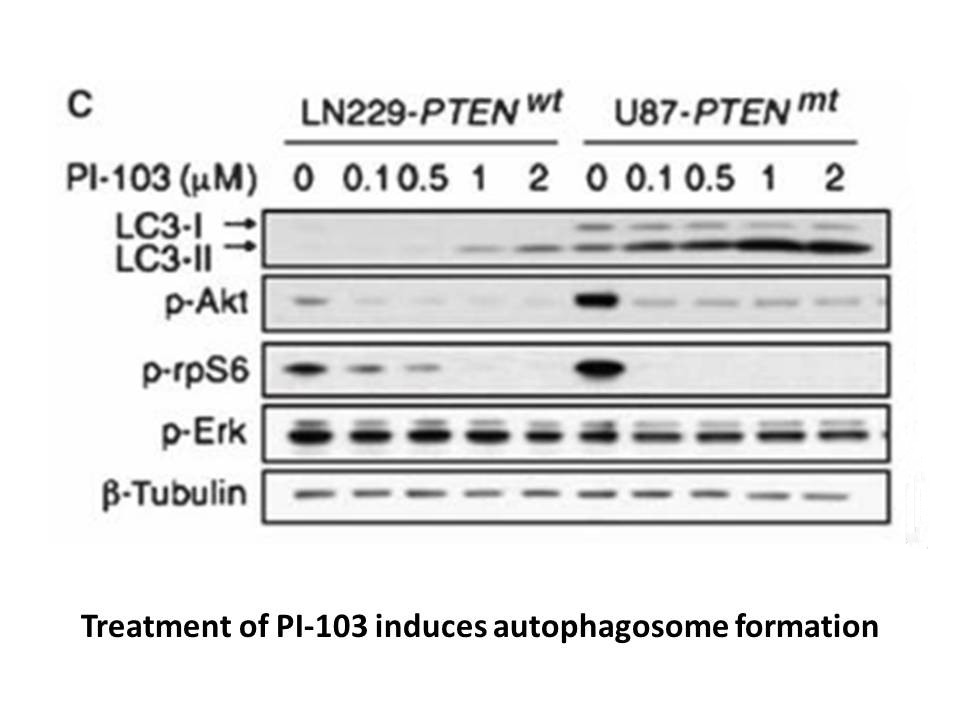
Our results showed that in elastase-induced AAA, TGF-β neutralization finely tunes macrophage phenotype. Note that several studies have already addressed the role of M1 markers, such as IL-6 and IL-1β, or M2 markers, including IL-10 and TGF-β.4, 9, 10, 11 The expression and the role of ARG1 in AAA h
-
The significance of the difference in the DDR
2020-02-03

The significance of the difference in the DDR2 binding specificity towards fibrillar and non-fibrillar collagens is not understood, but may imply differences in biological responses when chondrocytes bind to different collagens in the growth plate. Investigations by Labrador et al. (2001) have shown
16088 records 910/1073 page Previous Next First page 上5页 906907908909910 下5页 Last page